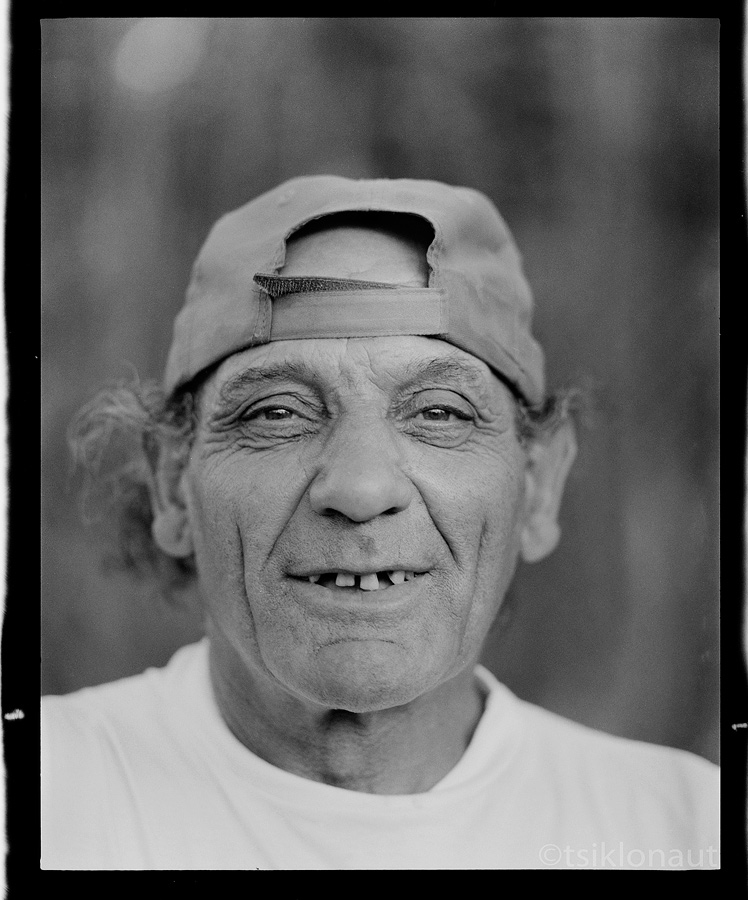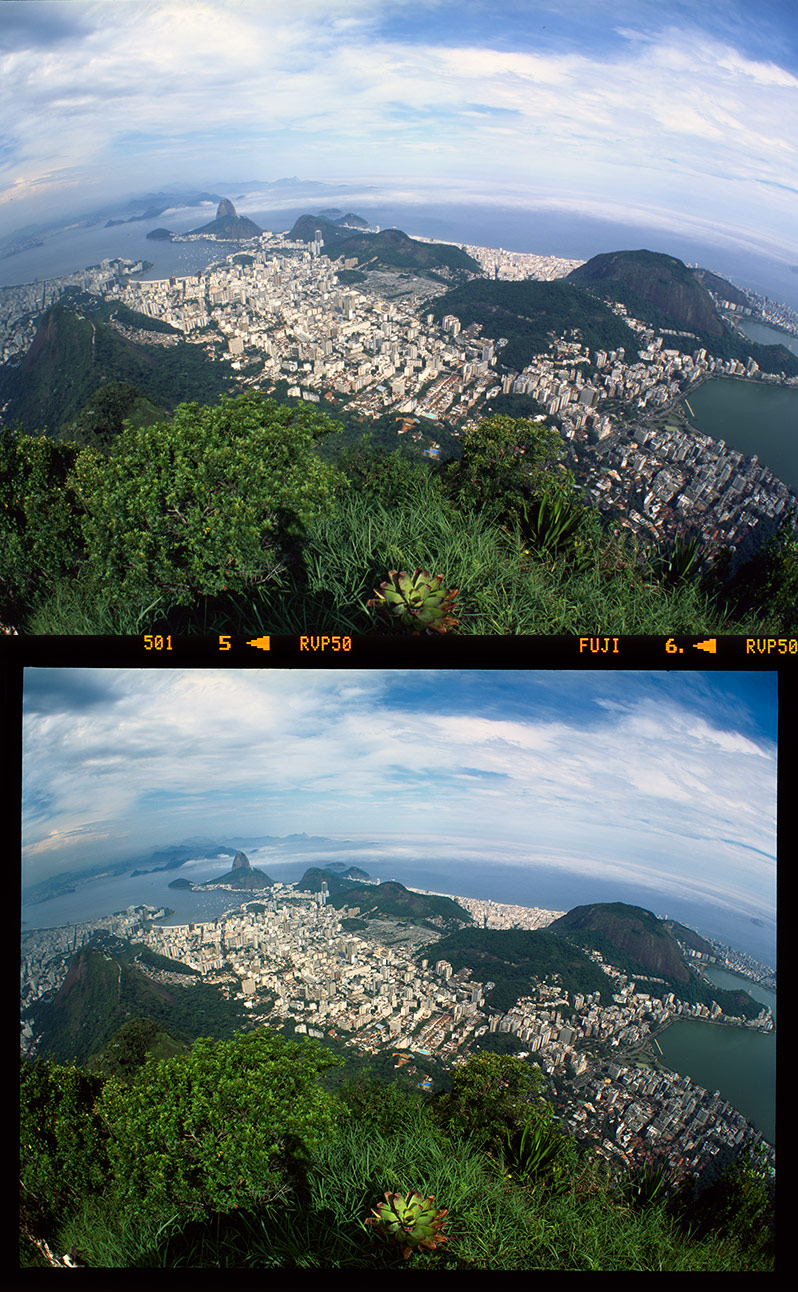tsiklonaut
Well-known
We have a lot of CCD scanners around, it's the most common scanning technology afterall, the same technology used in todays digital cameras so we obviously have lots of dedicated threads etc.
But I haven't seen any posts dedicated to photomultiplier tube (PMT) scanning equipment here. This often overlooked ultra-sensitive technology is mostly used in science and scientific equipment but sometimes also in high-end gear such as drum scanners.
I know there are some high-end scanning guys visiting this forum as well so why not post your drumscans for others to see as well. So we analog photographers can have a clue what the drum scanners bring on the table.
I'll start up with some of my random drumscans:

Photomultiplier Tube (PMT) by tsiklonaut, on Flickr



European Southern Observatory (ESO) by tsiklonaut, on Flickr


Jungle river by tsiklonaut, on Flickr

David+Sandra by tsiklonaut, on Flickr

Motorcycling dream (drum scan) by tsiklonaut, on Flickr

Auratic Textures II by tsiklonaut, on Flickr

Frozen landscape by tsiklonaut, on Flickr

Tanjung Aan beach by tsiklonaut, on Flickr
Don't hesitate to post 'em up.
Cheers,
Margus
But I haven't seen any posts dedicated to photomultiplier tube (PMT) scanning equipment here. This often overlooked ultra-sensitive technology is mostly used in science and scientific equipment but sometimes also in high-end gear such as drum scanners.
I know there are some high-end scanning guys visiting this forum as well so why not post your drumscans for others to see as well. So we analog photographers can have a clue what the drum scanners bring on the table.
I'll start up with some of my random drumscans:

Photomultiplier Tube (PMT) by tsiklonaut, on Flickr



European Southern Observatory (ESO) by tsiklonaut, on Flickr


Jungle river by tsiklonaut, on Flickr

David+Sandra by tsiklonaut, on Flickr

Motorcycling dream (drum scan) by tsiklonaut, on Flickr

Auratic Textures II by tsiklonaut, on Flickr

Frozen landscape by tsiklonaut, on Flickr

Tanjung Aan beach by tsiklonaut, on Flickr
Don't hesitate to post 'em up.
Cheers,
Margus
















